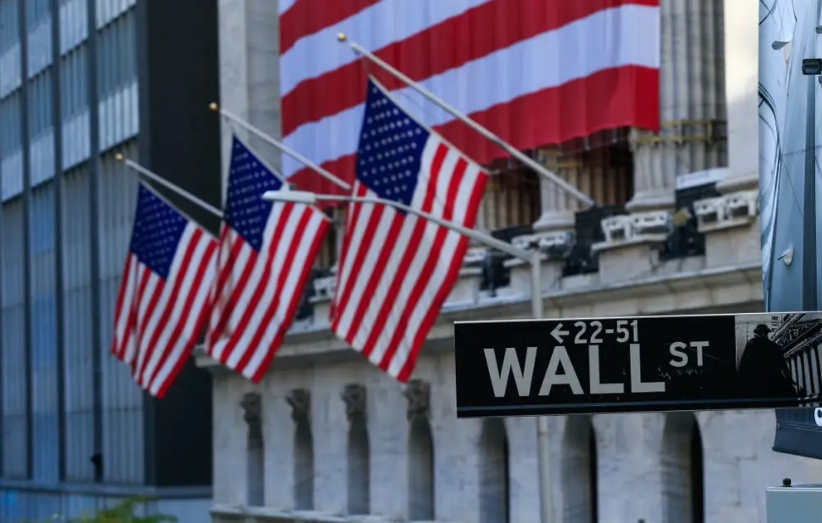The $18 Billion Gamble: L1 Capital and Platinum Asset’s Merger Talks Signal Strategic Shift in Asset Management
The asset management industry is abuzz with news of advanced merger talks between L1 Capital, a high-profile alternative investment firm, and Platinum Asset Management, a veteran global equities specialist. The proposed deal, first reported in May 2025, aims to create an $18 billion combined entity, blending L1’s dynamic long-short strategies with Platinum’s institutional-grade equity expertise. But what does this merger mean for investors, and why now?

The Deal Structure: Equity, Incentives, and Contingencies
The merger’s terms reveal a carefully calibrated balance of power. L1 Capital, which already holds a 9.6% stake in Platinum, has secured a call option to increase its holdings to 19.9% if a competing bid emerges. Should the merger proceed, Platinum would acquire L1, with L1’s shareholders claiming 75% of the combined entity’s equity, while existing Platinum shareholders retain 25%. This structure positions L1 as the dominant partner, but the deal’s true innovation lies in its performance fee-sharing mechanism. Platinum would gain access to performance fees tied to the first 5% of absolute returns from L1’s Long Short funds—a lucrative incentive designed to align shareholder interests.
Strategic Rationale: Scale, Synergy, and Survival
The merger’s proponents argue it’s about scale and diversification. Platinum, which has long specialized in global equities, gains exposure to L1’s alternative strategies, while L1 benefits from Platinum’s institutional-grade distribution channels and risk management frameworks. CEO Jeff Peters of Platinum called L1 a “first-class manager with a strong track record,” while L1 co-founder Mark Landau emphasized the potential to pool resources for improved investment, client service, and operational efficiency.
Crucially, the deal is framed as a response to industry consolidation pressures. Platinum’s withdrawal of Regal Partners’ 2024 takeover bid left it vulnerable, and L1’s overture now offers a path to growth.
Risks and Contingencies: Execution and Regulation
Despite the optimism, hurdles loom. Regulatory approval remains uncertain, particularly given the call option’s conditional terms and the performance fee structure’s novelty. Shareholder approval is also critical, especially for Platinum’s investors, who may resist dilution. Notably, even if the merger fails, Platinum has signaled intent to collaborate closely with L1 as a 9.6%-stakeholder, leveraging its position for strategic alignment.
Broader Industry Context: The Drive for Size and Stability
This merger reflects a broader trend: asset managers are consolidating to survive in a low-fee, high-competition environment. The $18 billion combined AUM (Assets Under Management) positions the new entity competitively against mid-tier firms like Ares Management (ARES) or Apollo Global (APO). L1’s focus on alternative investments—a sector growing at 8–10% annually—adds further appeal, as institutional investors increasingly seek diversified, alpha-driven strategies.
Conclusion: A Risky but Rewarding Gamble
The L1-Platinum merger is a high-stakes bet on synergy and scale, with the potential to redefine the competitive landscape of global asset management. The equity split and performance fee structure create strong incentives for alignment, while Platinum’s stock performance suggests investor buy-in. However, execution risks—regulatory, operational, and cultural—are significant.
If successful, the merger could yield material earnings accretion for shareholders, as synergies in distribution and risk management unlock new revenue streams. For investors, this is a vote of confidence in the value of strategic partnerships over standalone growth—a trend that will likely define the next decade of financial services.
In a market where size and diversification matter, Platinum and L1 are betting big. The question is whether their gamble pays off. The early signals, and the data, suggest it just might.










